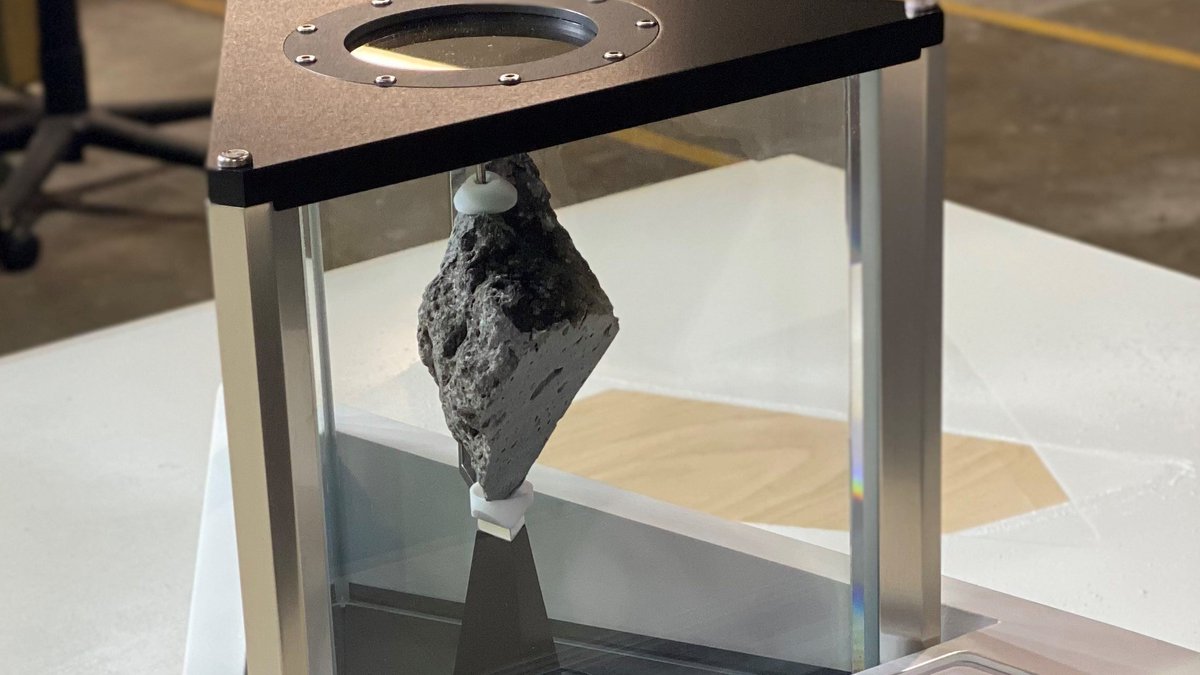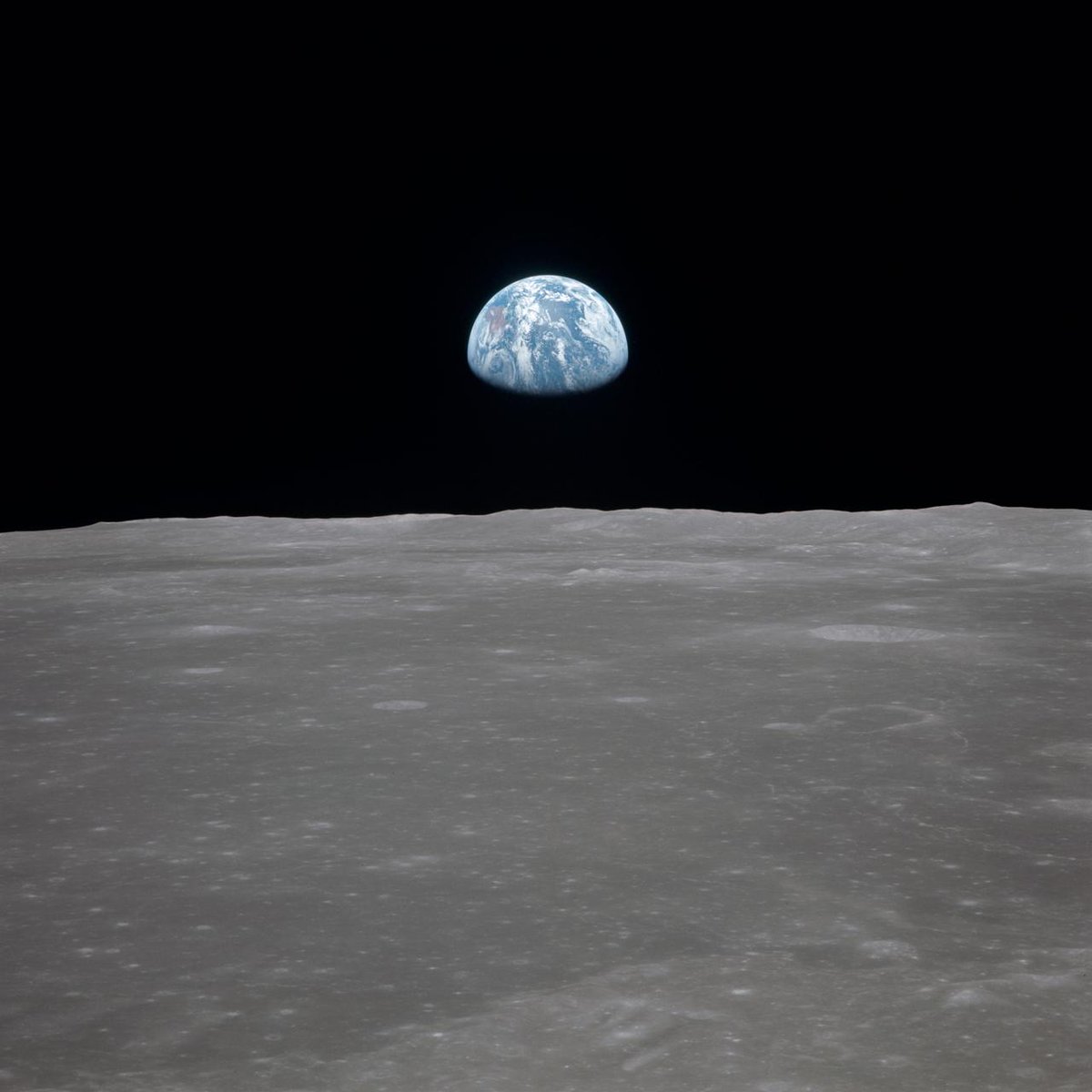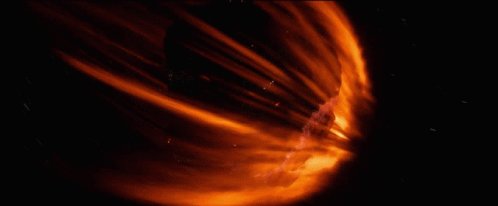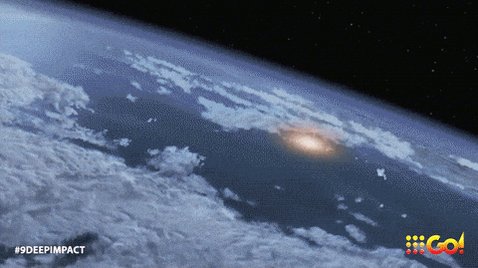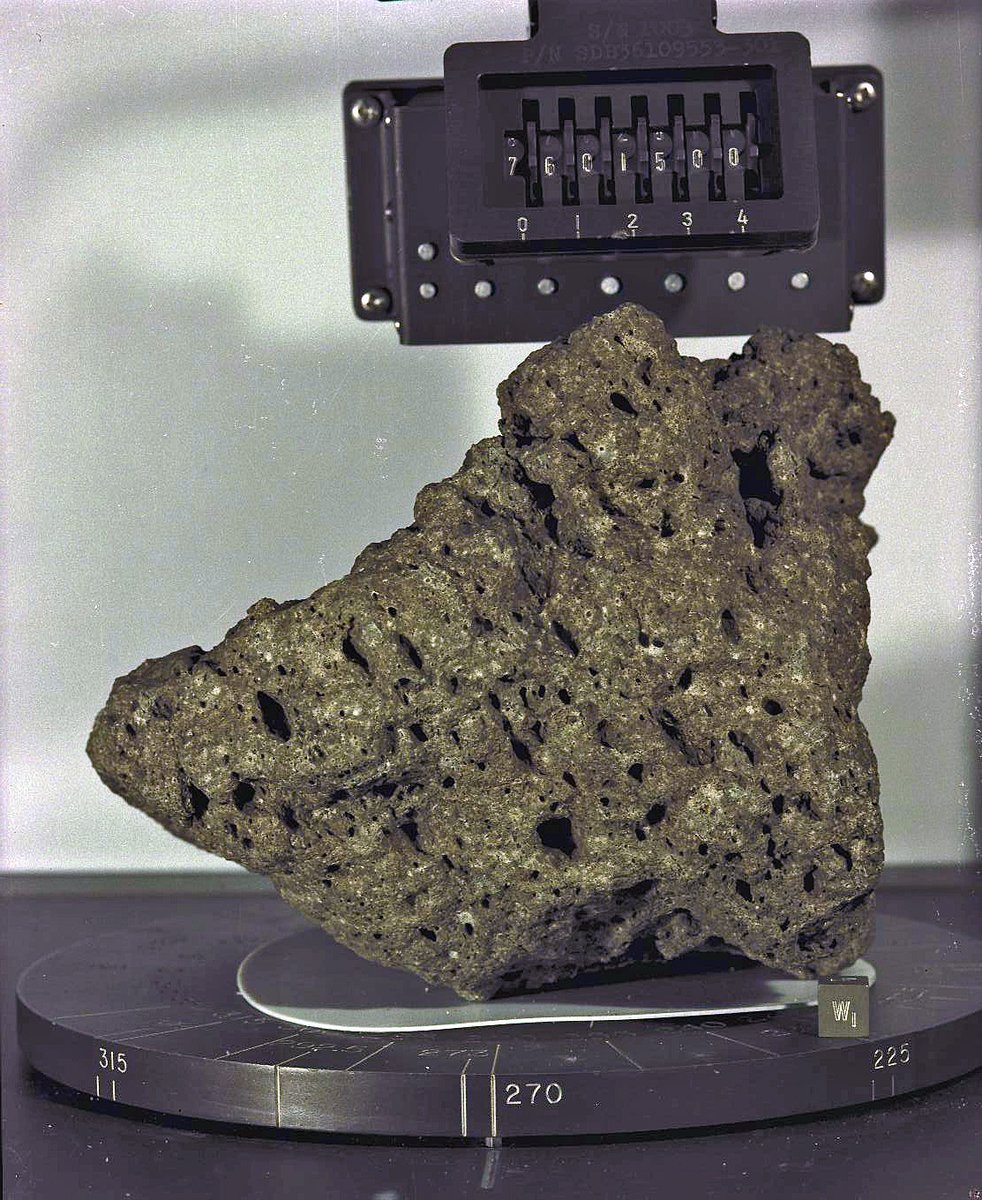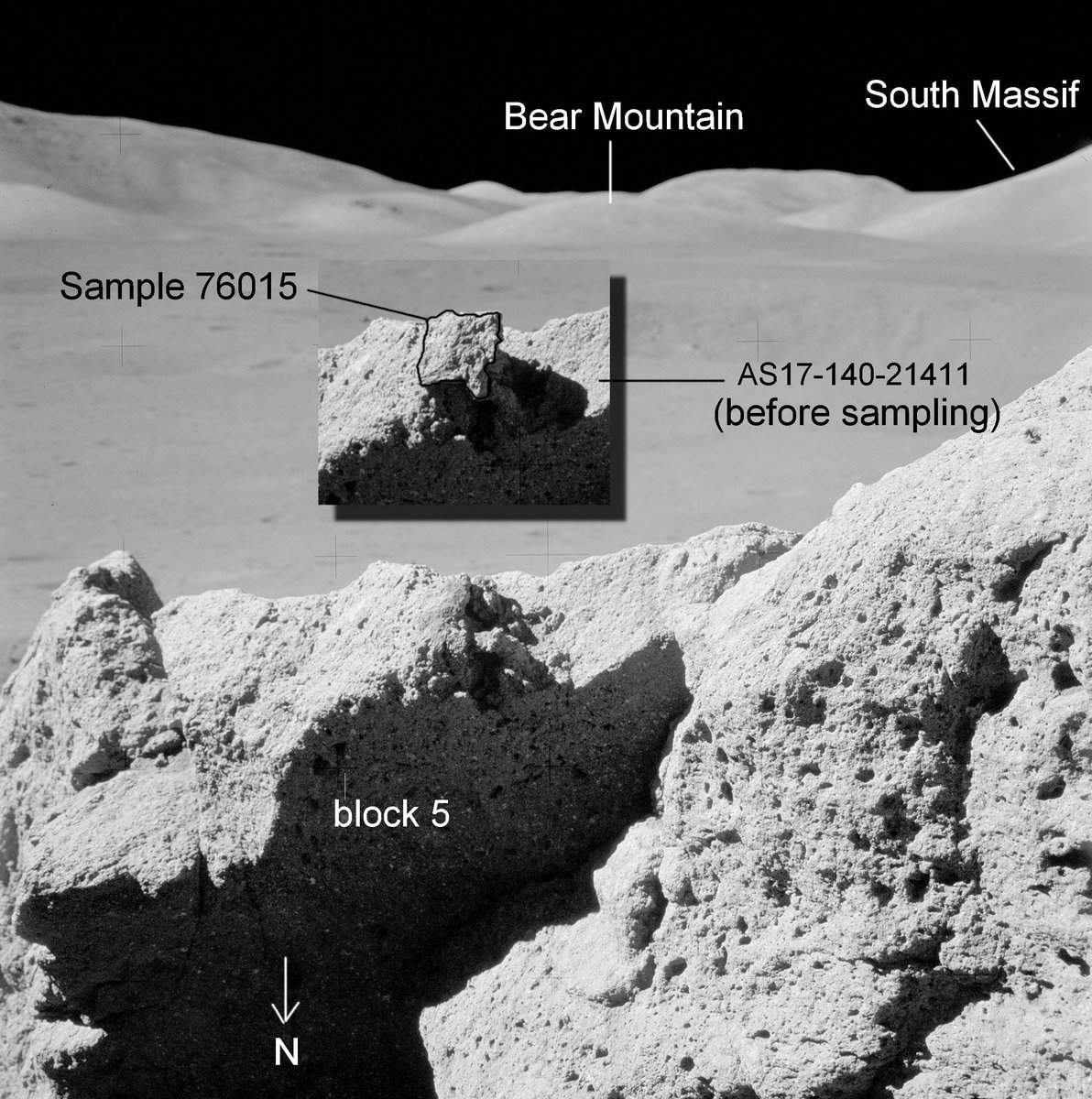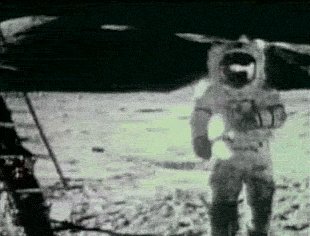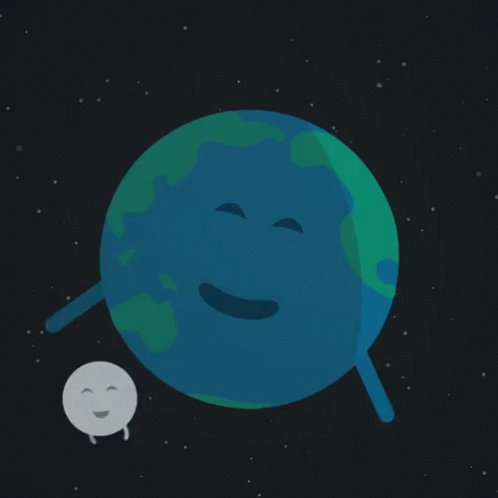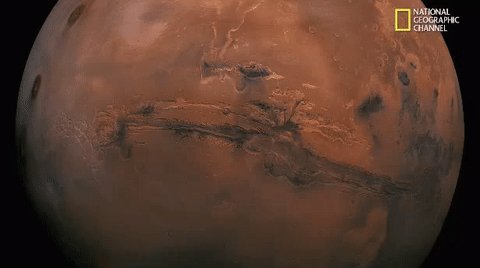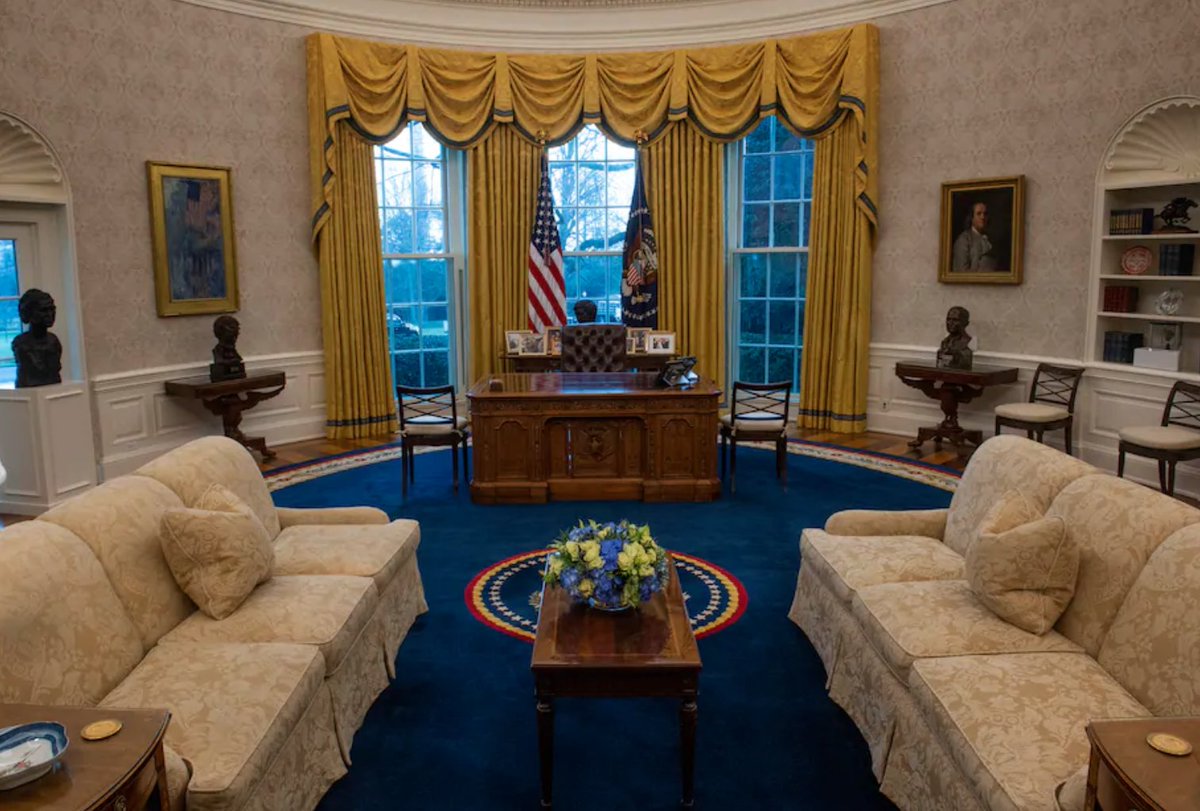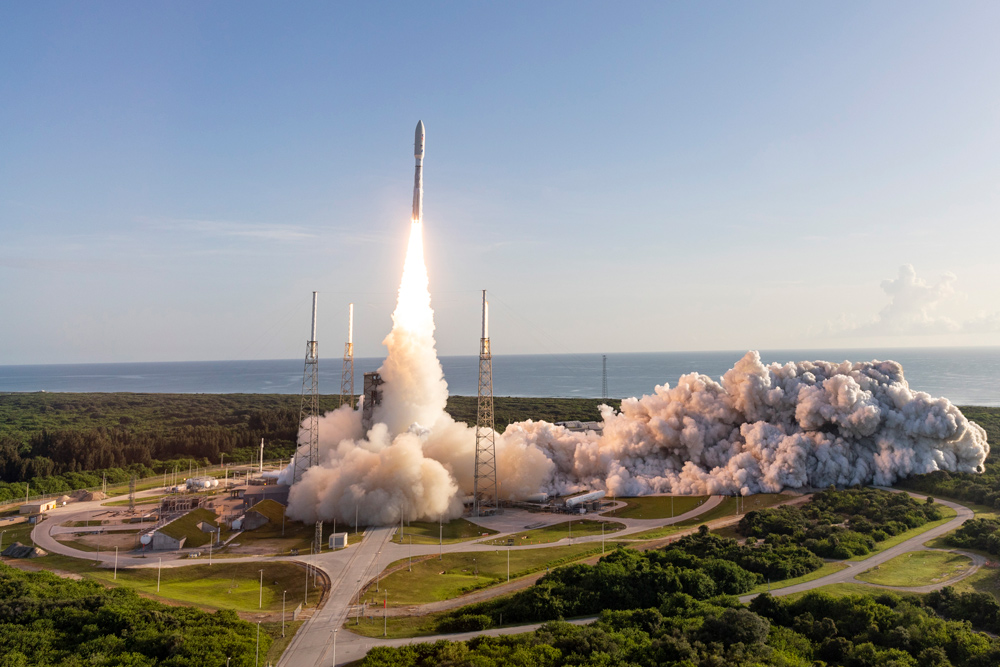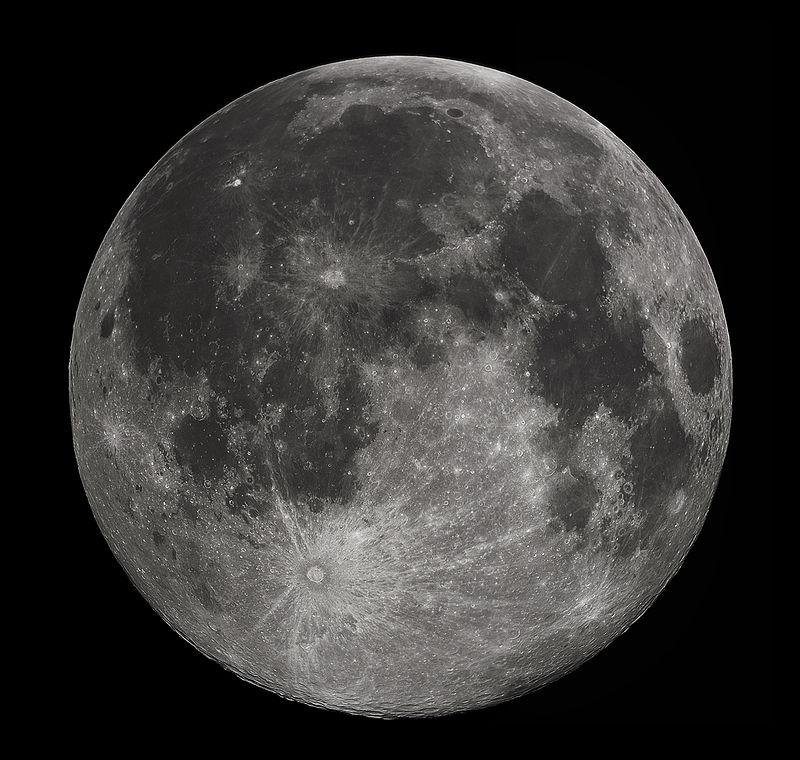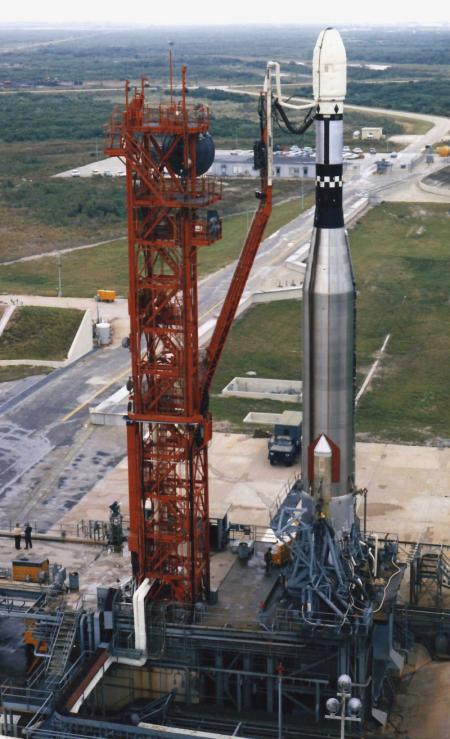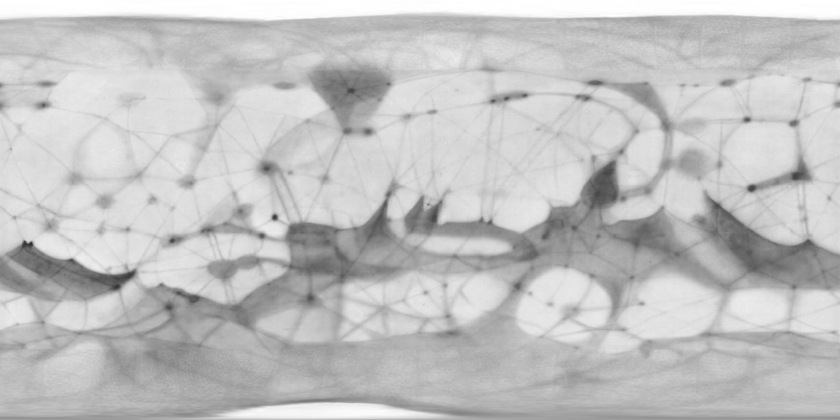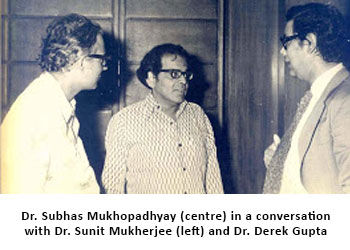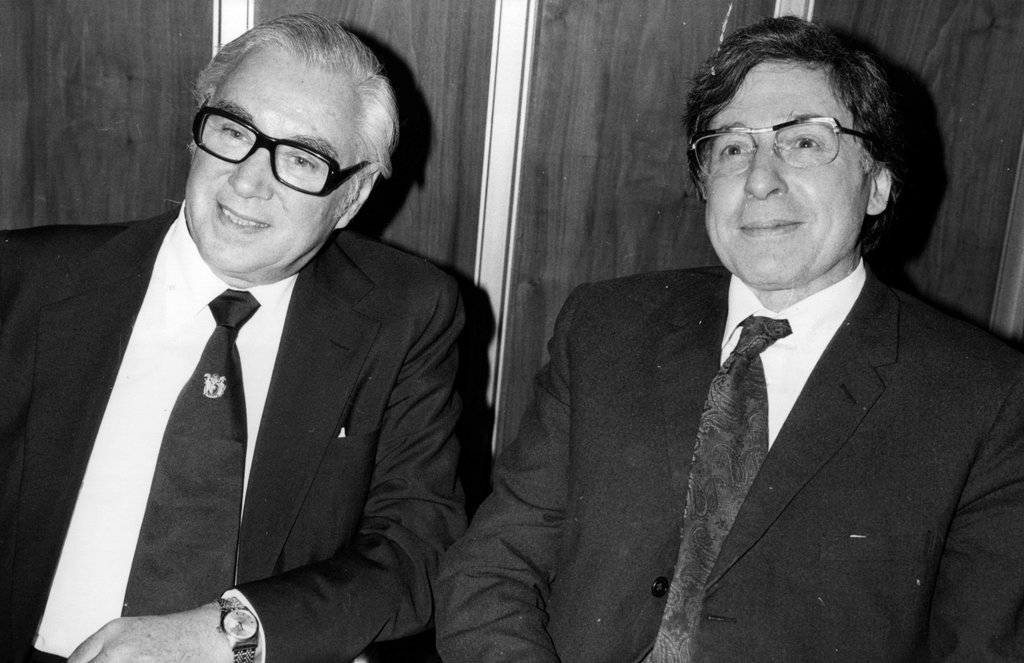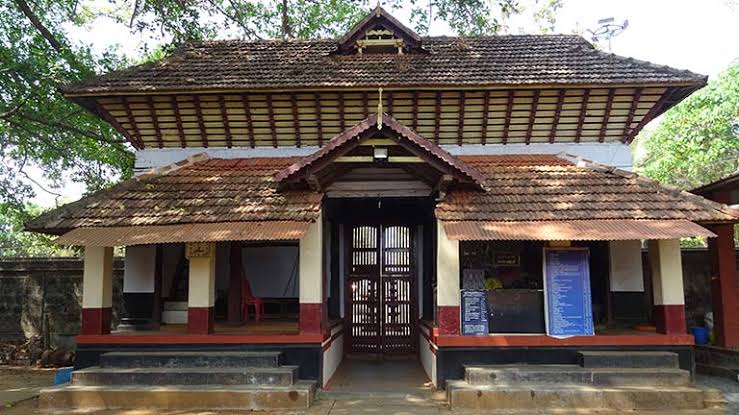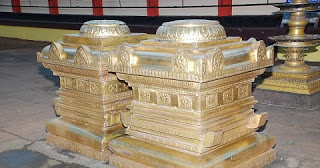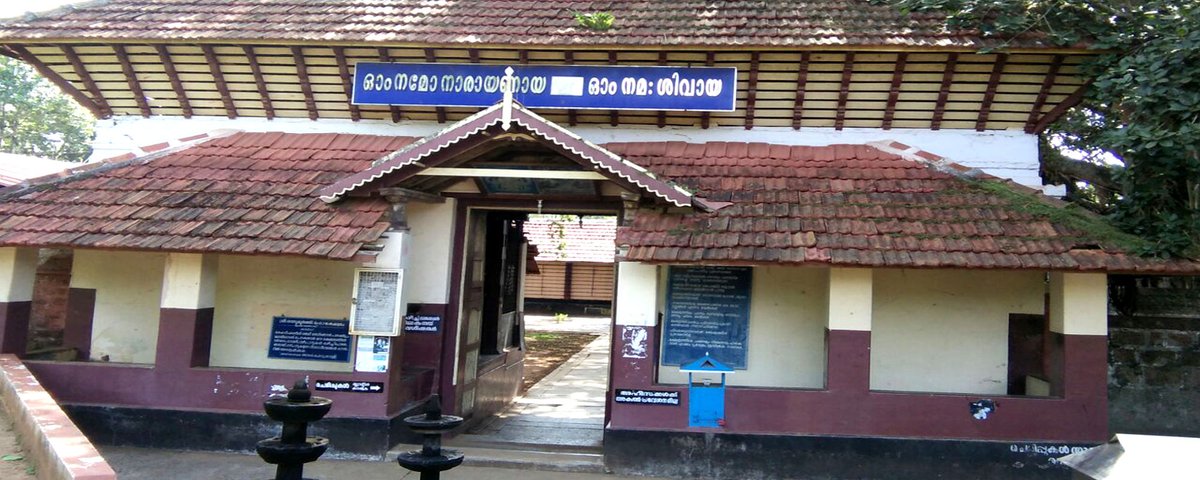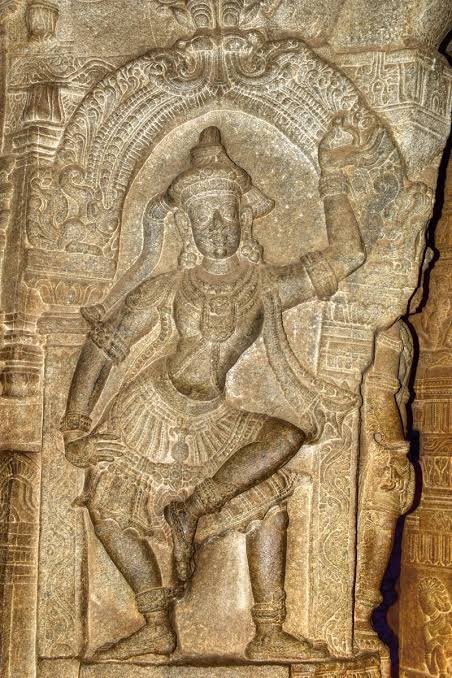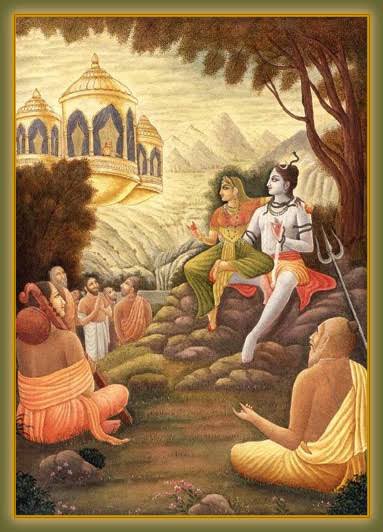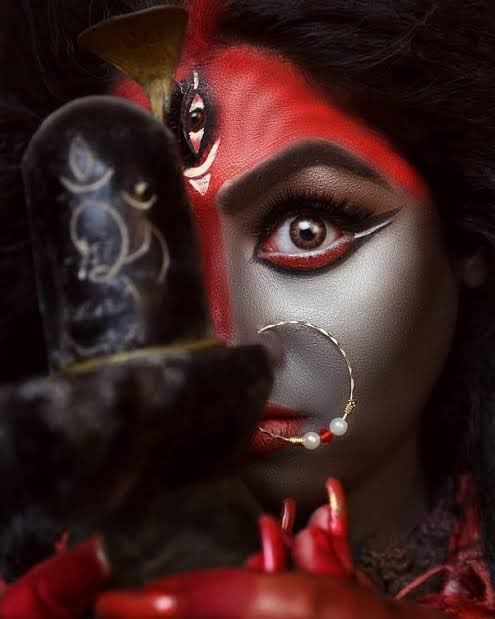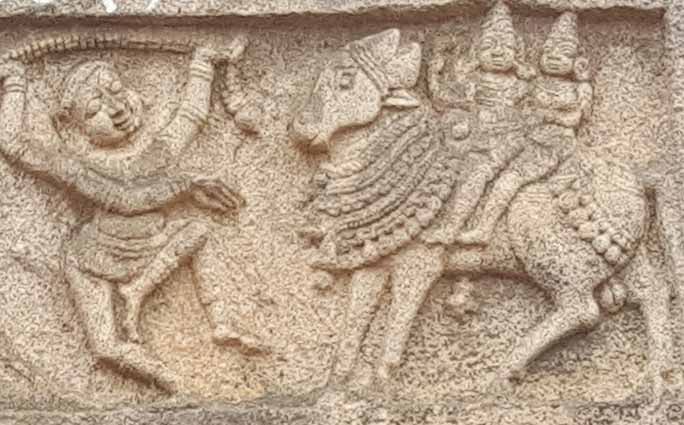This rock is known as Lunar Sample 76015,143 - an unromantic name for one of the geologic treasures brought back from the Moon during the Apollo era. This was scooped up by the Apollo 17 astronauts, including Harrison Schmitt, the only professional geologist sent to the moon. 2/x
But that’s not where our story begins. The rock's sage starts 4.5 billion years earlier.
I don’t know if you know this, but you should: the Moon is a hole-punched volcanic crypt, a place sculpted by huge impacts and strange, epic effusions of lava. 3/x
We don’t know how the Moon formed. But the leading theory, partly because it’s the simplest, is that a Mars-sized protoplanet slammed into a magma ocean-covered baby Earth. The impact debris formed an orbiting disk, and it clumped together. Et voilà. 4/x
https://t.co/WimzUVpgii
A whole bunch of cool stuff happened after that. But our moon rock comes into the picture around 600 million years later, around the time giant space rocks were pelting the Moon, Marco Inaros-style. They left some epic scars, mostly on the nearside for some unknown reason. 5/x
These bowl-shaped scars are big. One of them was 720 miles across. For comparison, the asteroid that slammed into Earth 66 million years ago, heralding the end of the age of the dinosaurs, was 110 miles across.
Yeah, I know, right? Phwoar. 6/x
Scientists want to know how big and how fast meteors hit things. Sometimes they use maths. Sometimes they fire rocks at things at 16,000 miles per hour. They then use these experiments to scale things up and work out what punched holes into the Moon. 7/x
https://t.co/jTfr5a7i01
Recent work, using a 14-foot cannon to simulate impacts in a laboratory setting, suggests that the rock that made a 720-mile chasm in the lunar nearside was no smaller than 150 miles across, nearly 12 times longer than Manhattan. And it had a mass of 28,000 trillion tons. 8/x
This rock was once a proto-planet, another world trying to gather enough material to become a full-blown planet. It was almost there, but by it clearly messed up at the last minute, smashing into the Moon and destroying itself. 9/x
It was probably moving at speeds in excess of 22,000 miles per hour. The impact, which was at an angle, unleashed more energy than the sum total of the explosives dropped during both World Wars, including both nuclear bombs. 10/x
Debris was sent shooting across the surface of the Moon, scratching out deep grooves in the ancient volcanic rock as if it were made of butter. It would have been an extraordinary sight to see – at least, from a very safe distance. 11/x
https://t.co/VGnii7hczU
For reasons that remain completely baffling, there was a delay for a few hundred million years before lava, upwelling from deep below or perhaps from the sides, poured into this giant crater. 12/x
It makes sense that cracking open the crust and taking off lots of pressure on the Moon’s underworld would trigger enormous amounts of melting and magma escape. But if so, why the long delay? 13/x
Scientists have no idea why the delay exists. The gap between impact and eruption is like poking a hole in a water balloon as a kid but not seeing any water leak out until you’re a pensioner. 14/x
https://t.co/KRzLybQDcW
Either way, a giant sea of lava filled up this crater. Imagine you’re standing on the shores of the Atlantic, for example, but instead of water, all you see is molten rock, churning and effervescing, all the way to the horizon. What a surreal view that would have been. 15/x
As the lava met the frigid, unshielded lunar surface, an innocuous boulder sat near its shores.
And for another 3.5 billion years or so, it sat there, occasionally knocked about by the odd micrometeorite. 16/x
But just before Christmas of 1972, travellers from another world paid the lonely milky orb a visit.
And on their travels, they found a curious looking boulder, glinting in starlight. 17/x
The rock was one of those forged in the ancient fires that made that 720-mile, lava-filled crater. The lava sea, named Mare Imbrium, means 'Sea of Rains'. Except any rain back then were cooled pellets of molten fire. 18/x
The rock, sample 76015, was shorn off the top of a larger boulder. It was found to have lots of holes in it - bubbles trapped in the rock back when that titanic impact forged an ephemeral sea of molten rock. 19/x
That meant the rock was an archival record, almost untouched since it formed during that primordial cataclysm, of one of the events that defined the Moon we see today. So the astronauts packed it up and brought it back home with them. 20/x
It was brought back and eventually stored in a vault at NASA's Johnson Space Center, kept in ultra-clean conditions. It's some of the most valuable material on Earth, and a satisfyingly definitive 'screw you' to anyone who thinks we didn't land on the Moon. 21/x
The Moon is a scientific marvel. It hides records of the past several billion years - a violent, turbulent, fascinating history that it shares with Earth. But on Earth, thanks to plate tectonics, water, our atmosphere and life, our planet's ancient past has been destroyed. 22/x
That's why we have to go back, to dig up these concealed stories and work out how the Moon, and Earth, became the places we know today.
That is why we must visit other worlds too, including Mars and Venus and beyond. They will tell us how we arrived at the present. 23/x
Lunar Sample 76015,143 - a segment of that original lunar rock - now sits in the Oval Office. What a journey it's been on. What a journey we've all been on, as a species. 24/x
That moon rock's there, on Biden's book shelf, to pay tribute to America's scientific achievements. It is also, I hope, a way to signal that we will return to these beautiful islands in that starry ocean sooner rather than later.
End.
(📸: Bill O'Leary/The Washington Post)
Also, I reckon
@_Astro_Nerd_ would approve of this tale!

